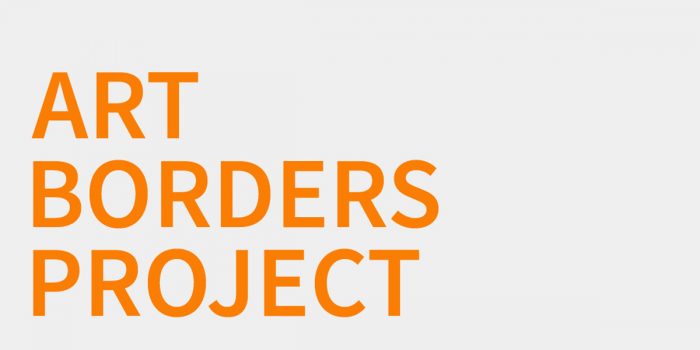
An American artist stopped on arrival in the UK, held for several hours and questioned about their work, and released with a warning that they should expect to be delayed on all future entries. An artist having their work destroyed by customs because it contained material they considered suspicious, despite documentation to the contrary. An artist refused entry to the United States because they come from a proscribed country. An artist displaced by war and prevented from reaching a place of safety, unable to continue their work; unable to work at all.
These are all real stories, among countless others, that I’ve personally heard in the last few weeks. And I’ve heard countless more in the last few years, and don’t expect that to change. I expect it to get worse.
Art Knows No Borders. So, with the help and support of others, we’re starting the Art Borders Project, to document and bear witness to cases of artists who have been stopped, questioned, harassed, or turned back at borders worldwide, or whose immigration or citizenship status has been used to threaten, intimidate, or curtail their practice.
It’s going to be a difficult process. How do you gather and store these reports without endangering those who are already endangered? How do you oppose a regime of borders that is global and particular, diffuse, virtual and concrete? How do you continue to make art in the face of attacks on individuals, and on social solidarity as a whole? We will welcome support and advice on this and much more, but we believe it is necessary to find out.
As art practitioners, workers, organisations, and institutions, we must stand in solidarity with all migrants, refugees, and displaced persons. By bearing witness to the specific effects of border regimes on art and its practitioners, we aim to oppose the discrimination and violence of borders everywhere.
Comments are closed. Feel free to email if you have something to say, or leave a trackback from your own site.